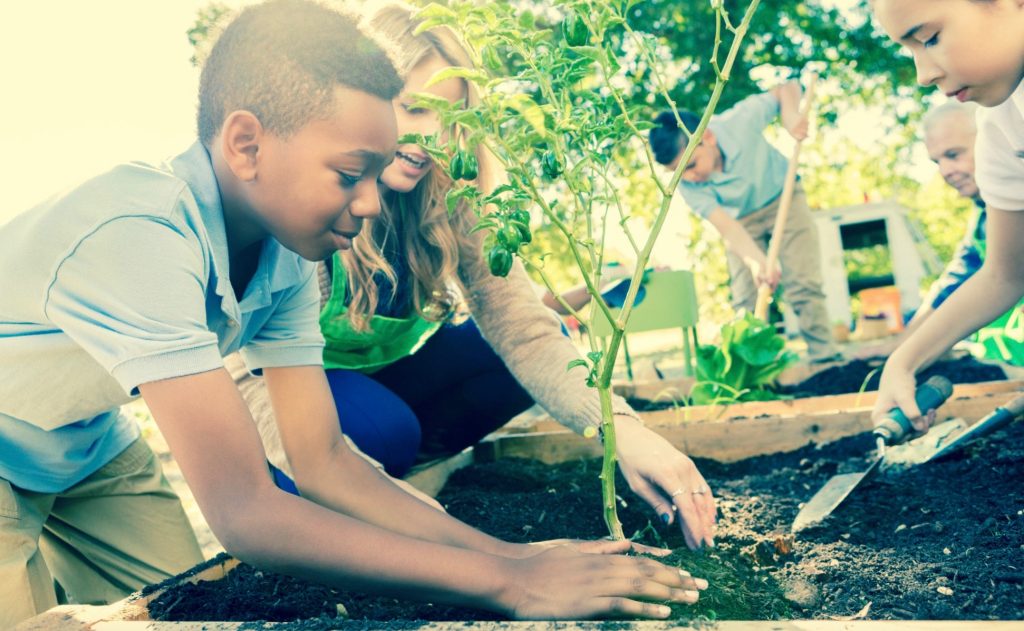
Last month, we released a calendar of events that note international days of celebration that you and your children/students can use as inspiration for learning experiences this autumn/winter. One especially important event, is World Food Day.
Here are 3 ways to recognize World Food Day in and outside of the class. And if you happen to find this article after World Food Day 2017 has passed, fret not, because the following can be applied anytime of the year and will help children better grasp the concept of food insecurity while learning what they can do to help feed current and future generations.
3 Ways to Recognize World Food Day with Your Students and Kids
1. Help Improve Conditions for Migrating Households in Host Communities
The theme of World Day 2017 calls for the world to come together to help change the future of migration, to invest in food security and rural development. The challenge is rooted in the fact that millions of migrants are arriving in developing countries, creating tensions where food resources may already be scarce. While such resources in Canada, an advanced country, are not as scarce, we are not free from food insecurity and because of this there is potential for host communities, cities and towns to feel some animosity towards migrant households.
In the spirit of this year’s theme, it would be good to teach children about compassion as it applies to what these uprooted families are going through. From there, you can immerse your class (or household kids) in an activity where they can help improve the conditions of a host community near you. That may mean getting involved in a local community garden project, one where the food sales go towards the food security programs that serve the nutritional needs of migrating families in their community. Of course, other initiatives will help the greater good, including food and clothing drives and fund raising activities.
2. Start a Seed Preservation Project
The foundation of success for any project that seeks to battle food insecurity are rooted in seeds. While volunteering in a local community garden and urban farm may offer more hands-on fun for children and students, seed preservation can be entertaining too. Begin by educating them on the importance of seed preservation, detailing how seed storage is integral to the concept of sustainability. Armed with this knowledge, they will be more engaged and ready to dive into seed storage activities, including gathering, drying, categorizing, and storing. Doesn’t sound all that engaging? As promised, it can be, by applying these three tips on how to make seed preservation fun for kids.
3. Promote Local Farming Over Big Business Agriculture by Scheduling a Farm Visit
There is only one clear path towards the sustainability of food production in Canada and around the world. Food production must shift from massive-scale “big business” agriculture to localized farming. The “big business” system of agriculture is often negligent and exploitive. It’s driven by profit margins and commodity prices on the TSX, NASDAQ and other global exchanges. Food and nutritional needs by community are left out of the equation.
Of course, that’s a lot to lay on young minds. Instead, you can simply teach children about buying from local farms. By doing so, it promotes healthy and sustainable food systems in smaller communities. You can show this by taking them on a tour of a local farm. An immersive farm visit can be a life changing experience for hungry minds and can help shape a future generation of local farmers (and supporting systems) that will one day see an end to food insecurity in their respective communities. This scalable initiative can help make World Food Day, onserved everyday, across the world.
Help us celebrate our passion for inspiring Canadian youth to get more involved in school gardens, local farms and other outdoor educational activities that help promote food security. Please visit this link to learn more about our work in Canada. Please sign-up to be a Friend of the Foundation.








